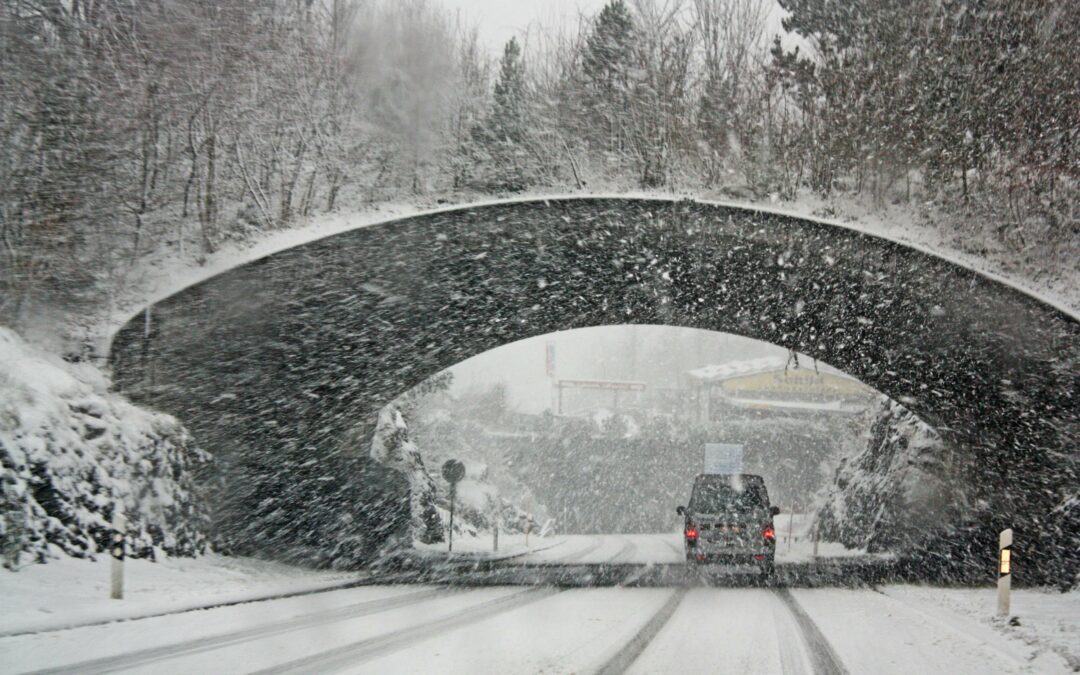“That’s not in my job description.”
We’ve all heard that line before. Employees love to use that one against us.
You know what solves this issue? Having a thorough and accurate position description. That’s what.
Okay, okay, we’ll admit, as nice as it is, we don’t create and use position descriptions just to avoid that dreaded line.
In fact, having a solid job description is beneficial in many ways. Accurate job descriptions:
- Help you communicate what you expect from employees
- Serve as a guide to help you stay on track during job interviews
- Help you do a better job of hiring
In the past, we outlined the importance of using updated job descriptions in job postings to attract the best candidates. We didn’t, however, explain how to create the job description.
Today, we’ve prepared a two-step process for creating (or updating) accurate and thorough job descriptions. (Because what’s easier than a 2-step process, anyway?)
Alright, let’s discuss how to create an accurate job description that actually gets used:
1. Do your research.
Countless studies have shown that managers who understand what a job involves do a much better job of hiring. They also have a significantly lower rate of hiring error than those who don’t. (It’s kind of like that old saying our teachers and parents would tell us— “Proper planning prevents future performance.”)
So what research needs to be done before creating the job description? First, decide who you will talk to in order to learn what the position entails, i.e. the position’s supervisor or the incumbent (person currently performing the job).
Then, conduct a job analysis. Analyze the job to:
- determine what the job is and what it involves
- determine the technical skills the job requires
- determine the performance skills the job requires
*Tip: When researching, it’s important to not only determine what technical requirements are necessary, but also motivational factors and interpersonal or environmental factors (fit) as well. When taking fit into account, for instance, you might ask: who does this position work with? How does the position interact with superiors, peers, subordinates, etc.?
2. Develop the job description.
This is where you take the information you gathered during the job analysis and write it out. To really make the description
solid, take the key elements from the job analysis and add information from these 3 important categories:
- Purpose- Not what they do, but why they are there, the reason the job was created.
- Key Responsibilities- What you are paying them to accomplish.
- Typical Activities- Those things they are expected to do in order to accomplish these responsibilities.
You should describe the skills in objective, behavioral terms.
*Tip: To prevent the good ole “that’s not in my job description” line, be sure to include some wording that lets employees know they are accountable for additional duties as assigned by management.
So there you have it: a simple, two-step process for creating accurate and thorough job descriptions. As always, if you have any questions or need any help with this topic, our consultants can help.










